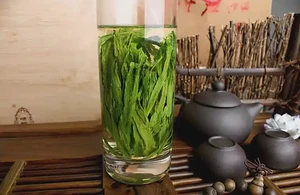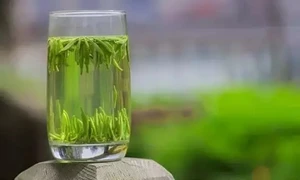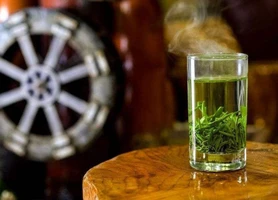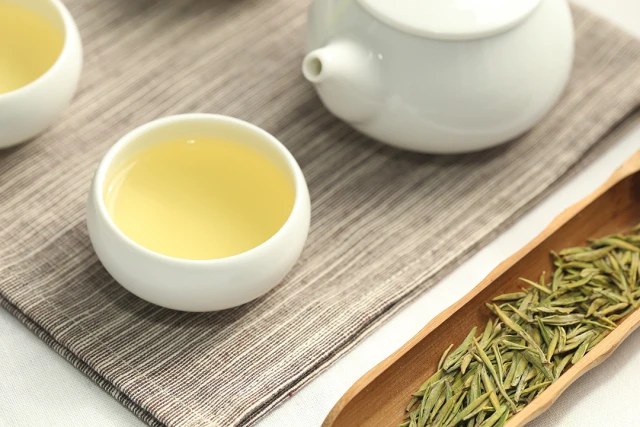

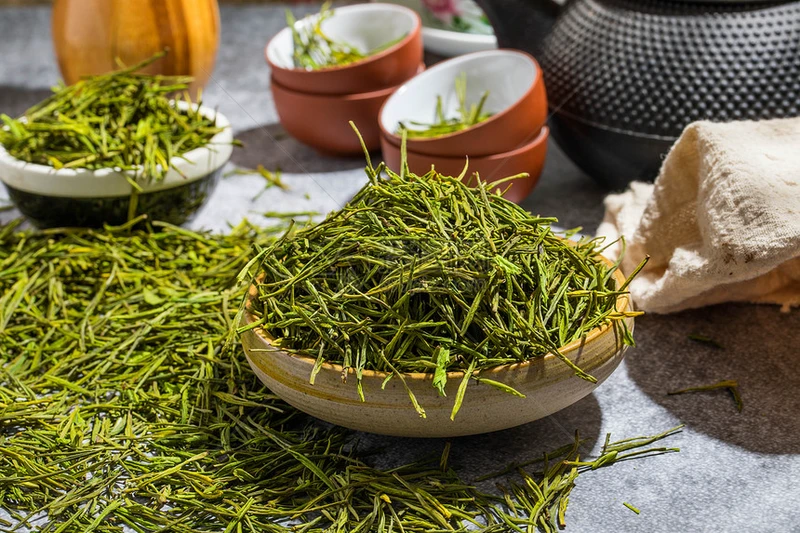
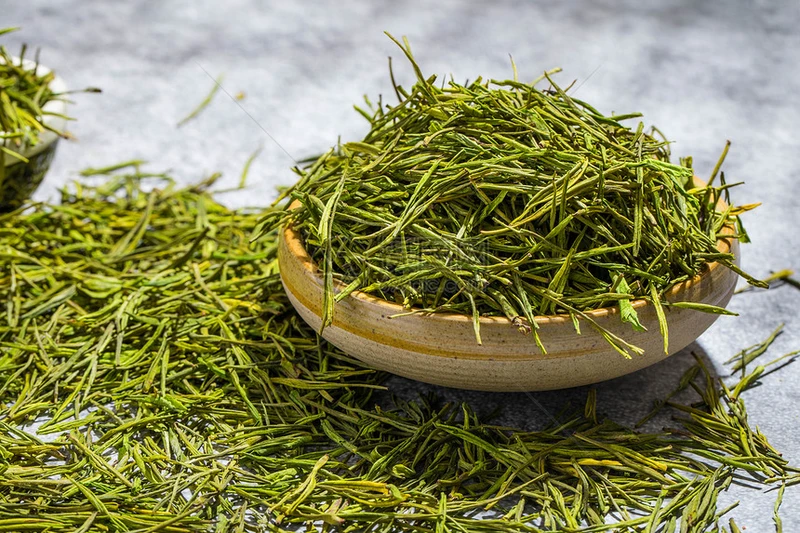

Anji Bai Cha(Anji White Tea)
Origin
Zhejiang
Category
Green Tea
Harvest Time
Spring
Processing
Steaming & Pan-firing
Description
Anji Bai Cha, despite its name meaning 'White Tea,' is actually a distinctive Chinese green tea from Anji County, Zhejiang Province. Known for its unique leaf coloration, delicate flavor, and smooth, mellow taste with subtle sweet notes.
